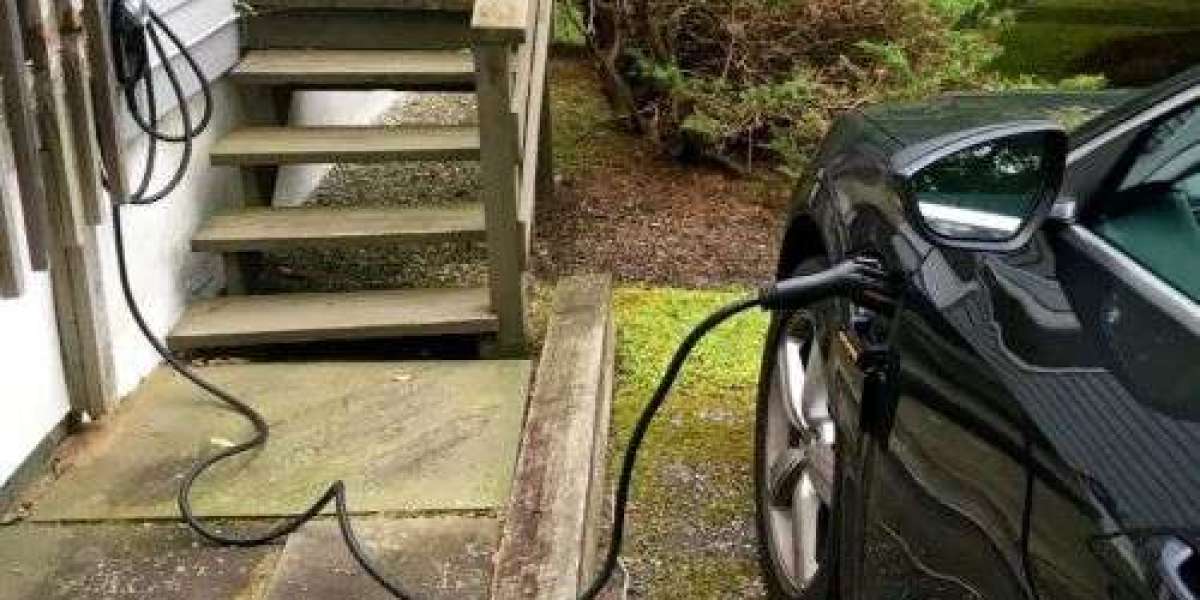As a Leading EV Charger Manufacturer in China, LiCB Charge Delivers Reliable AC and DC Electric Vehicle Charging Stations Along with Comprehensive Charging Solutions.
Electric vehicles (EVs) are at the forefront of the global transition to clean, sustainable mobility. As adoption accelerates worldwide, the demand for reliable and efficient charging infrastructure becomes more critical than ever. At the core of this ecosystem is the EV charging pile—a vital technology that allows EVs to recharge safely, efficiently, and conveniently. More than just a power outlet, charging piles are transforming the way energy is delivered, ushering in a smarter and greener future for transportation.
What Are EV Charging Piles?
An EV charging pile is a specialized device that delivers electricity from the grid to electric vehicles. It acts as the intermediary between the power supply and the vehicle’s battery, converting electrical energy into a form suitable for safe charging. These units are designed to accommodate a wide range of EV models and are commonly installed in strategic locations such as residential complexes, shopping centers, highways, and public parking lots.
Many charging piles feature multiple charging outlets to support simultaneous use by several vehicles. They also come equipped with smart technologies, turning them into intelligent, multifunctional systems that extend far beyond simple energy transfer.
Key Features of Modern EV Charging Piles
1. Power Output Options
Charging piles are available in various power ratings. AC chargers are suitable for overnight residential use, while high-power DC fast chargers deliver rapid charging—ideal for commercial or highway environments where time is of the essence.
2. Connectivity and Smart Integration
With built-in Wi-Fi, 4G/5G, and Bluetooth capabilities, modern charging piles can connect to mobile apps and cloud systems. This allows real-time monitoring, remote control, and streamlined payment processes, enhancing user convenience.
3. Fast Charging Capabilities
Unlike conventional home outlets, charging piles use higher voltages and currents to dramatically reduce charging times. Some DC fast chargers can replenish 80% of an EV battery in just 20–30 minutes.
4. User-Friendly Interface
Touchscreen displays, voice prompts, and integrated payment systems make these units intuitive for all users, even those new to electric vehicles.
5. Thoughtful Installation Design
Proper planning ensures that each charging pile is installed in compliance with local regulations, grid limitations, and safety standards—maximizing both performance and longevity.
6. Safety and Security
Features such as surge protection, thermal monitoring, and tamper-proof housing protect both users and equipment, reinforcing reliability and safety.
Benefits of EV Charging Piles
1. Rapid Charging
High-power charging piles dramatically cut down charging time, making electric vehicles more viable for long-distance travel and daily use.
2. Enhanced Convenience
Strategically located in urban, suburban, and rural settings, these units make EV charging accessible to users wherever they go—whether it's a shopping trip or a highway journey.
3. Smart Functionalities
Advanced features such as remote diagnostics, scheduled charging, and automatic billing streamline operations for users and operators alike. Emerging wireless charging options further simplify the experience.
4. Environmental Impact
EV charging piles support emissions reduction by promoting the widespread use of electric vehicles. When paired with renewable energy sources, they contribute even more significantly to a clean energy future.
5. Economic Growth
The development of EV charging infrastructure spurs job creation in manufacturing, construction, software development, and maintenance—boosting innovation and industry growth.
6. Boosting EV Adoption
Charging piles help mitigate range anxiety—one of the main concerns for potential EV buyers. Their presence assures drivers that reliable charging is always within reach.
Charging Piles vs. Charging Stations
While often used interchangeably, "charging pile" and "charging station" refer to different components:
Charging Pile: A single unit designed to charge one or more vehicles.
Charging Station: A larger facility that consists of multiple charging piles, offering broader charging capabilities in high-traffic areas.
Differences:
Configuration: Charging piles serve as individual units; stations combine several for scale.
Charging Options: Stations may provide both AC and DC charging; piles often specialize in one.
Use Case: Piles are ideal for residential and small-scale commercial settings, while stations are designed for public and high-demand locations.
Scalability: Charging stations offer centralized control systems and greater capacity, suited for large-scale urban use.
The Future of EV Charging Piles
As electric mobility advances, charging piles are evolving to meet future demands. Innovations include:
Ultra-Fast Charging
Emerging technologies aim to reduce charging time to under 10 minutes, approaching the speed of conventional refueling.
Integration with Renewable Energy
Solar and wind-powered charging piles will become increasingly common, minimizing dependence on fossil fuels and supporting green infrastructure.
Vehicle-to-Grid (V2G) Support
With V2G technology, EVs can send energy back to the grid during peak demand, turning cars into mobile energy storage units.
Autonomous and Wireless Charging
Future systems may include robotic chargers or inductive pads, allowing fully automated, hands-free charging experiences.
AI and Data Analytics
Smart charging piles will utilize AI to optimize energy flow, predict maintenance, and enhance system efficiency.
Challenges and Opportunities
Despite their benefits, charging piles face challenges such as high installation costs, uneven network distribution, and grid integration issues. However, these also present opportunities for innovation and investment.
Governments and private enterprises are addressing these gaps through incentives like tax credits, grants, and public-private partnerships. Automakers, energy providers, and tech companies are also collaborating to expand infrastructure and drive continuous innovation.
Conclusion
EV charging piles are a cornerstone of the global shift to electric mobility. With fast charging capabilities, intelligent features, and increasing accessibility, they are making EV ownership more practical and appealing. As technology continues to evolve, charging piles will become even more efficient, integrated, and indispensable.
The future of transportation is electric—and EV charging piles are not just powering it; they are propelling it forward.Know more about Google SEO Directory








